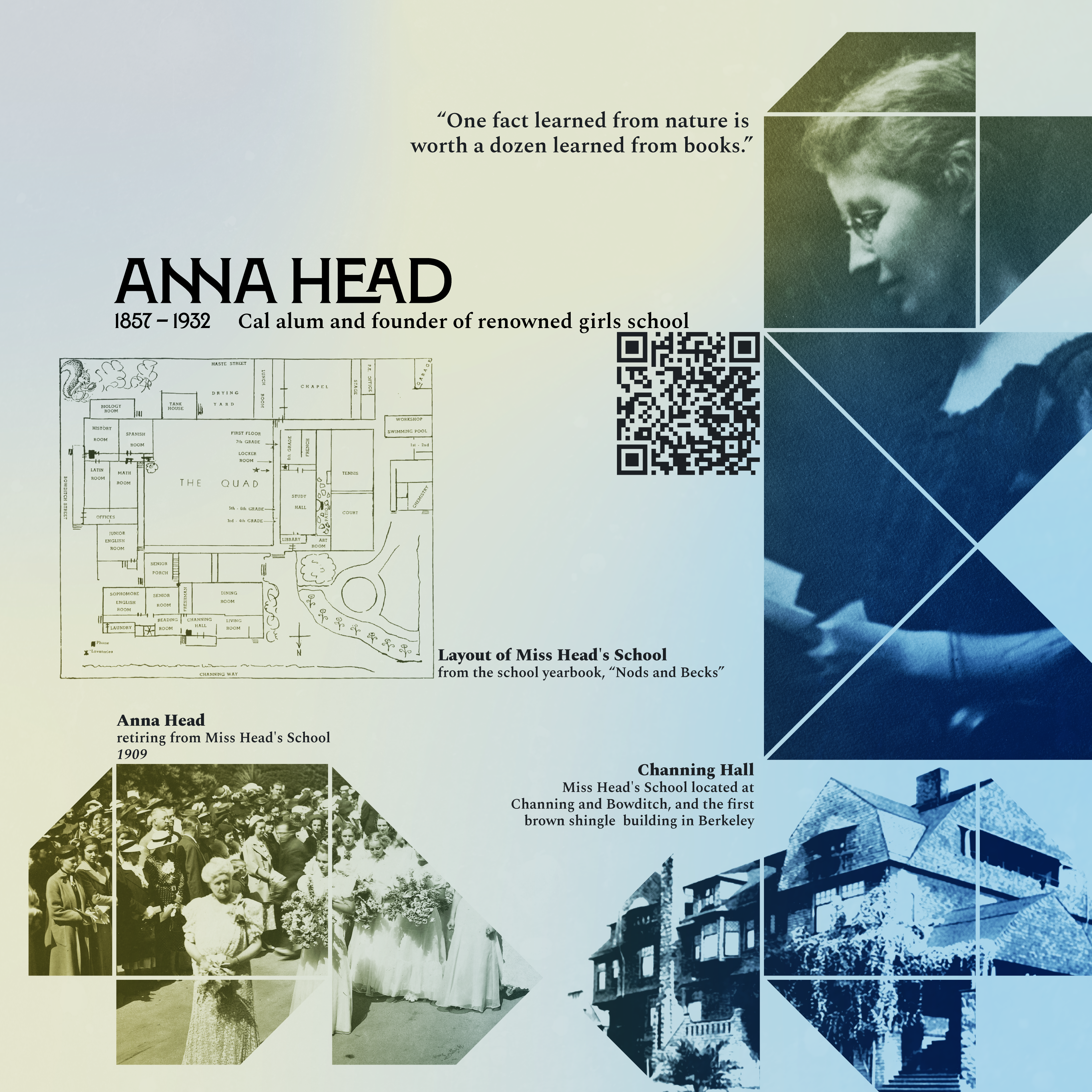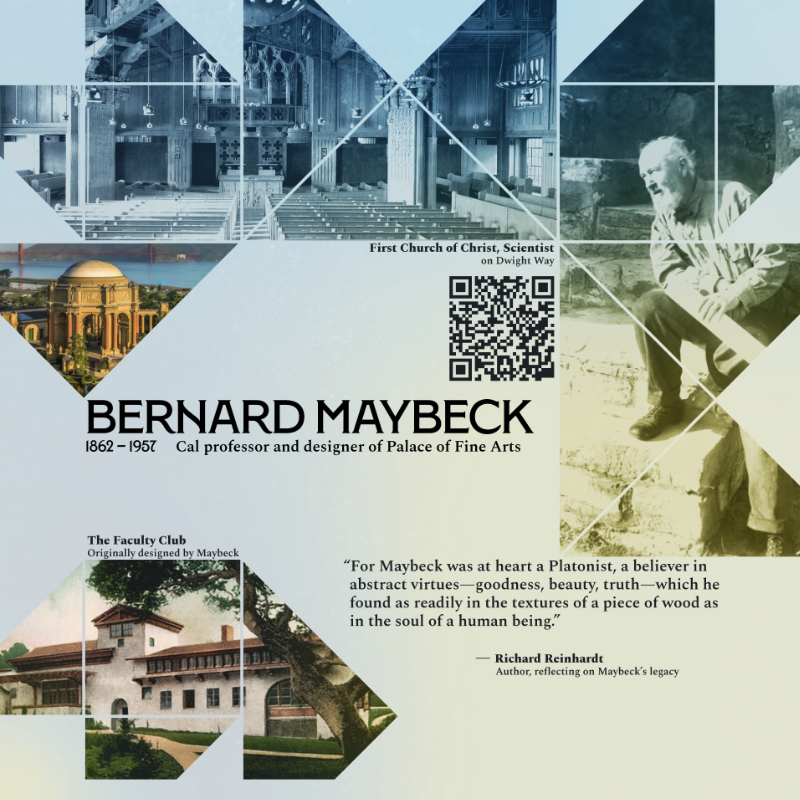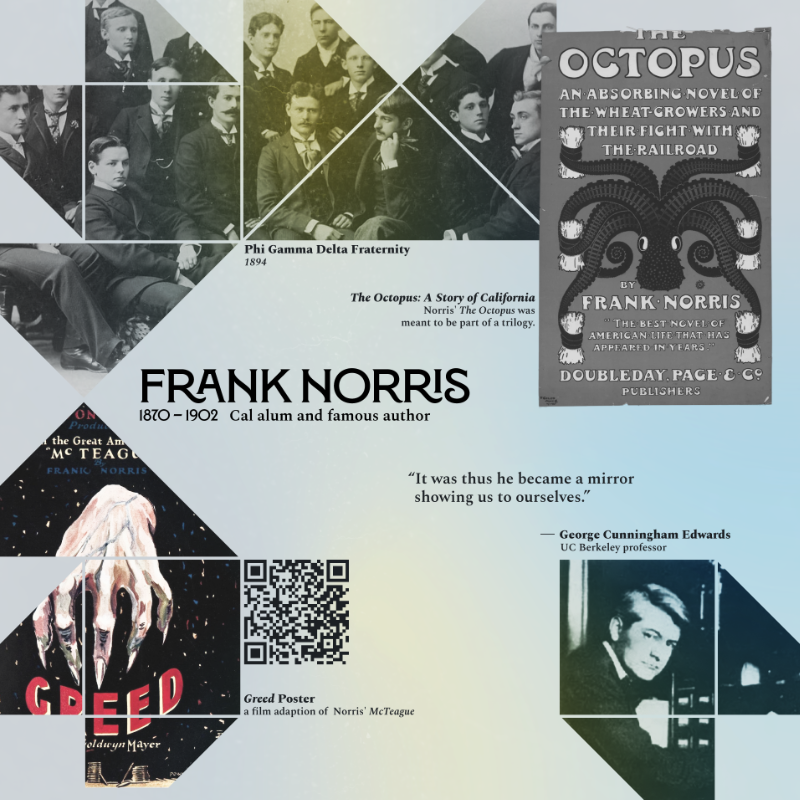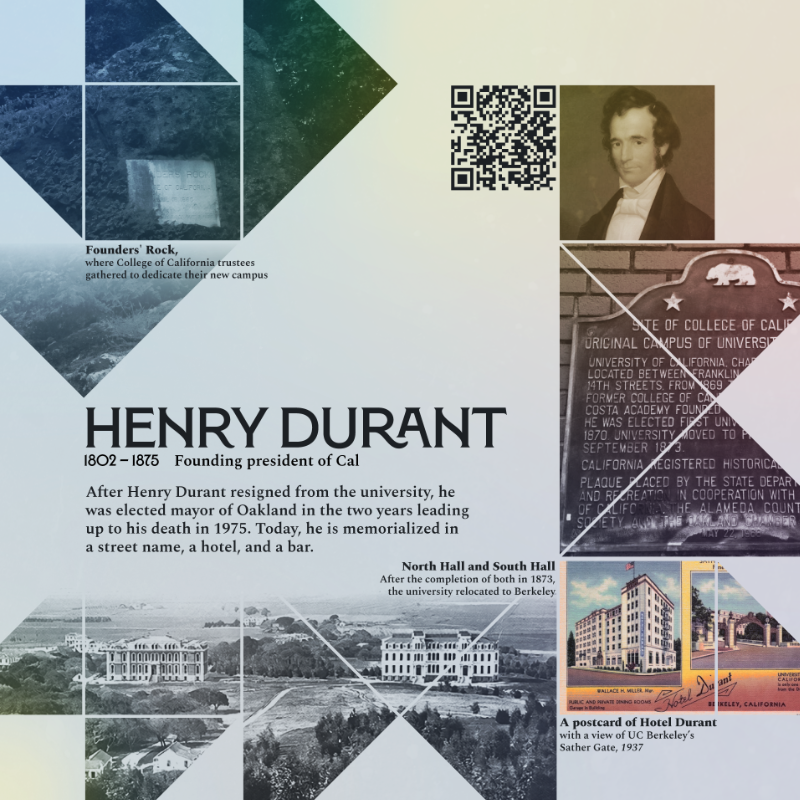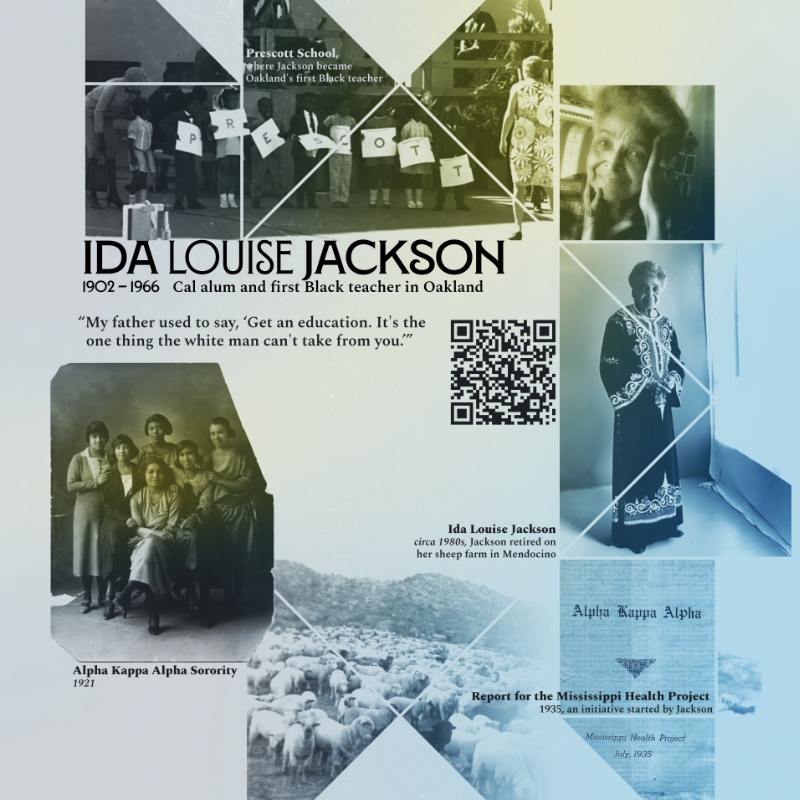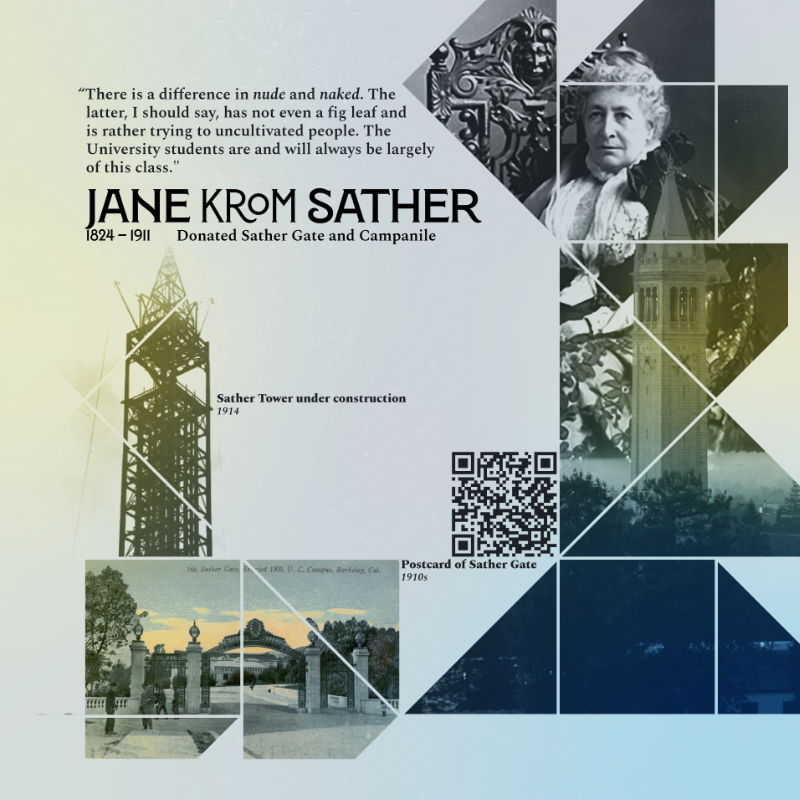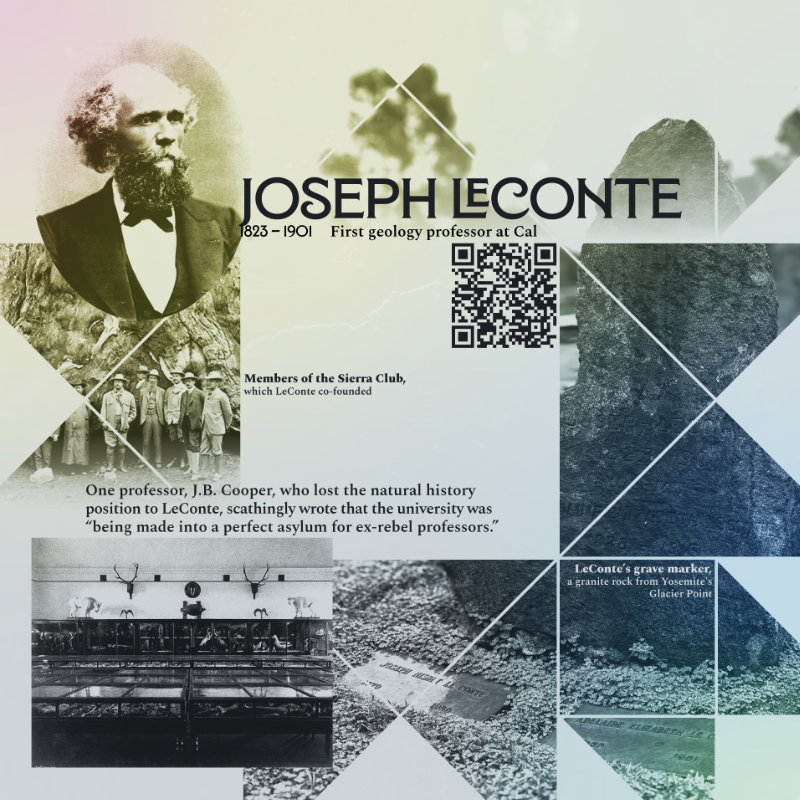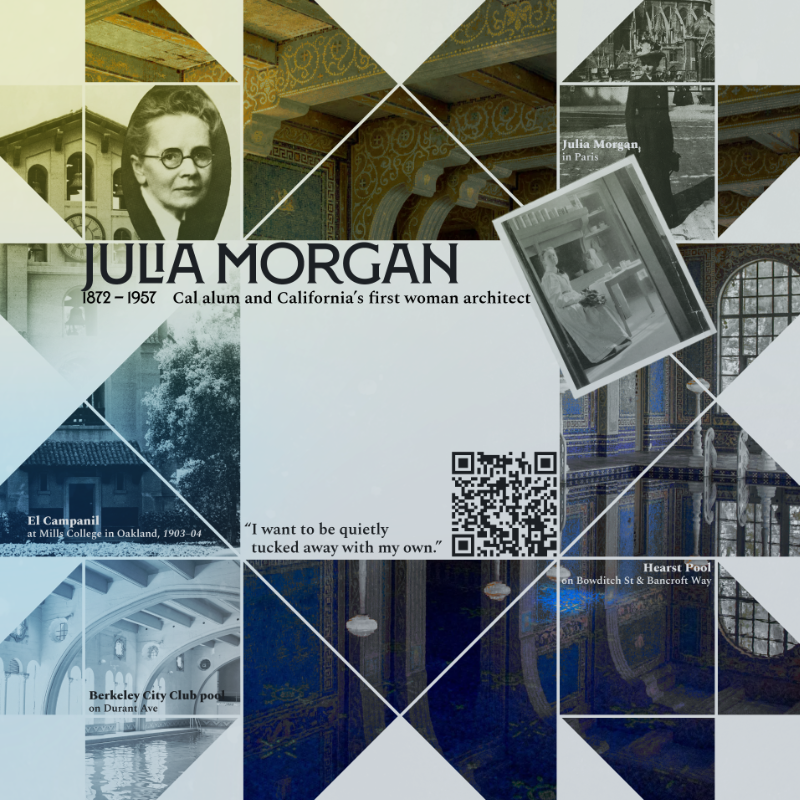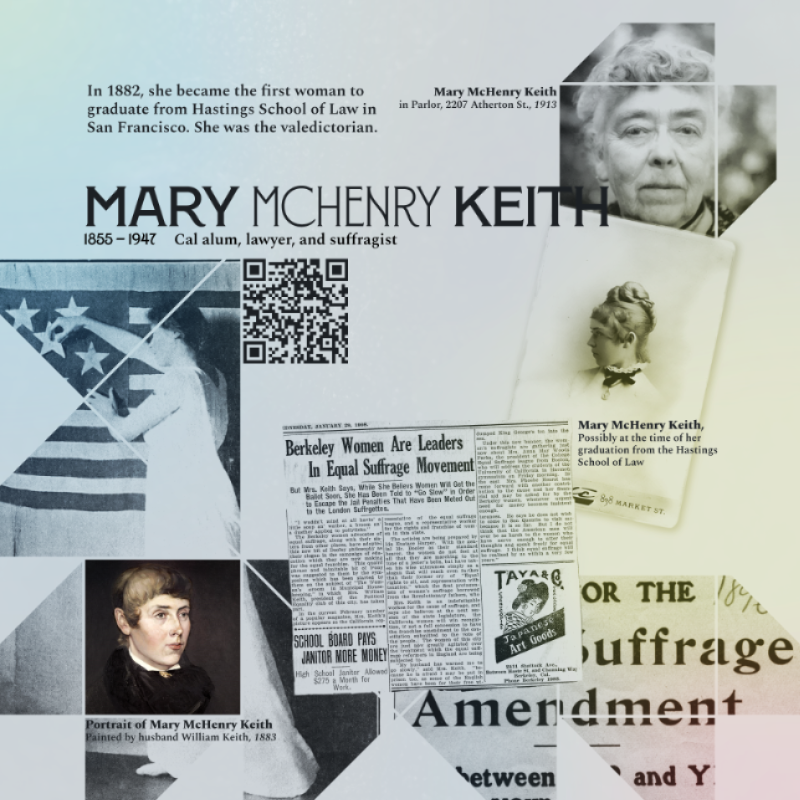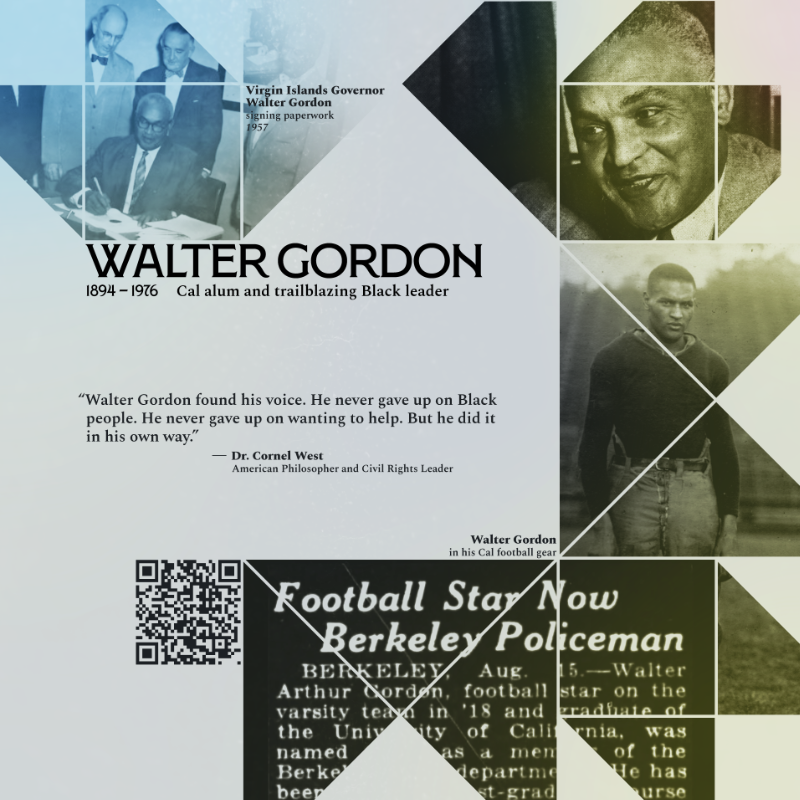Research
“How much information do people want?”
This was the central question that guided how we went about presenting details for each of the ten historical figures. As our goal was to inspire a deeper appreciation for the ways an individuals contribute to their communities, we wanted to avoid simply writing biographies about our selection of people that are generally familiar if not outright well-known (or infamous).
Incorporating an interactive visual medium was a natural solution, but we still had to resolve how to go about doing it. While exploring and resolving our research questions (through interviews, tours, and visits to memorial sites), several key realizations arose:
- Stories are memorable when they're relevant.
- Stories can be told in parts.
- Imagination is part of the fun.
While it may be that people who voluntarily participate in cemetery tours already have an inherent appreciation for history, most people do like a good story. Real stories are especially effective at invoking empathy. However, you are never given the full story, even on tours. Even where available, it would take far too long to retell the entire birth-to-death history of a single person's life, let alone the thousands a cemetery could potentially hold. This lack of information doesn't impede understanding or appreciation, but necessitates a sort of interactive loop in which the visitor is responsible for filling in the blanks. Interviewees routinely expressed that visiting places that hold collections of remnants of the past inspired them to imagine what life might have been like back then.
